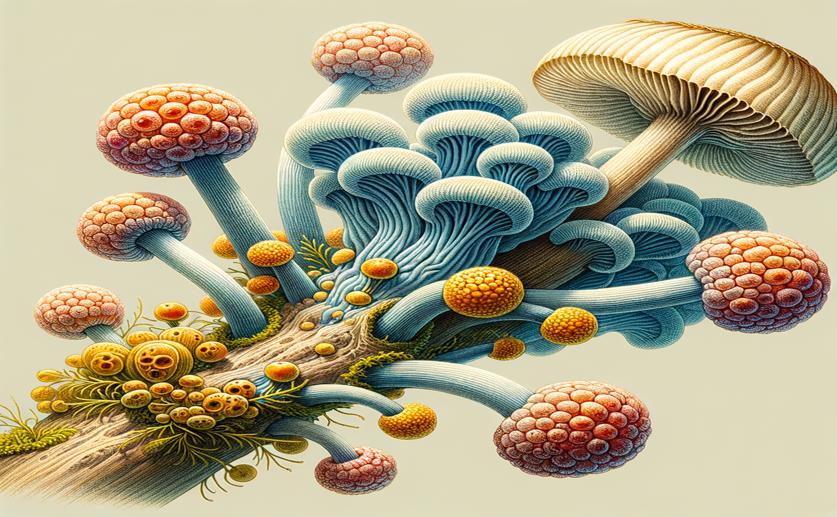
New Discoveries: Three Key Factors in the Fungus That Causes Plant Galls
Jenn Hoskins
19th July, 2024

Image Source: Natural Science News, 2024
Key Findings
- Researchers from the University of Bonn identified three new effector proteins (Tip6, Tip7, Tip8) from Ustilago maydis that interact with the maize TPL protein RELK2
- Tip6 and Tip7 interact with RELK2 in the nucleus, while Tip8 interacts outside the nucleus and can trigger cell death in non-host plants
- Tip6 and Tip7 enhance the virulence of U. maydis, showing they play distinct roles in the infection process
References
Main Study
1) Tip of the iceberg? Three novel TOPLESS-interacting effectors of the gall-inducing fungus Ustilago maydis.
Published 17th July, 2024
https://doi.org/10.1111/nph.19967
Related Studies
2) Specific members of the TOPLESS family are susceptibility genes for Fusarium wilt in tomato and Arabidopsis.
3) Systematic Y2H Screening Reveals Extensive Effector-Complex Formation.
4) Extensive signal integration by the phytohormone protein network.



 28th May, 2024 | Greg Howard
28th May, 2024 | Greg Howard